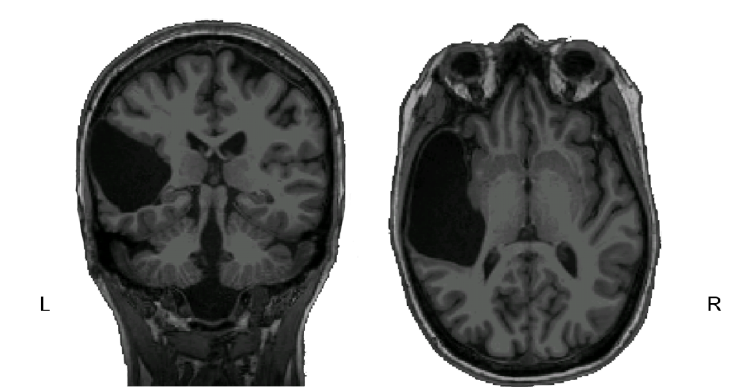Introduction:
Albert Einstein, the iconic physicist of the 20th century, revolutionized our understanding of the universe with his profound theories and groundbreaking contributions. From his famous equation E=mc² to his development of the theory of general relativity, Einstein’s work continues to shape modern science and inspire new generations of researchers. In this article, we will explore Einstein’s remarkable contributions and their lasting impact on our understanding of the cosmos.
1. E=mc²: The Equivalence of Energy and Mass
Einstein’s equation, E=mc², is arguably one of the most famous formulas in the world. Published in 1905 as part of his special theory of relativity, it states that energy (E) is equal to the mass (m) of an object multiplied by the speed of light (c) squared. This equation revealed the profound relationship between mass and energy, demonstrating that even a small amount of mass contains an enormous amount of energy.
The implications of E=mc² extended beyond theoretical physics. It laid the foundation for the development of nuclear energy, explaining how mass can be converted into vast amounts of energy. Einstein’s equation played a pivotal role in the understanding of atomic energy, leading to both beneficial applications such as nuclear power and concerning implications such as the creation of atomic weapons.
2. Theory of General Relativity: Redefining Gravity and Spacetime
Einstein’s theory of general relativity, published in 1915, presented a revolutionary understanding of gravity. Contrary to Newton’s classical theory of gravity, which considered it as a force acting instantaneously across space, Einstein proposed that gravity arises from the curvature of spacetime caused by mass and energy.
According to general relativity, massive objects like planets and stars warp the fabric of spacetime, causing other objects to move along curved paths. This theory provided a new framework for understanding the behavior of objects in the presence of gravity, leading to the prediction of phenomena such as gravitational waves and the bending of light around massive objects.
3. The Photonic Nature of Light: The Photoelectric Effect
In 1905, Einstein made a significant contribution to the field of quantum physics with his explanation of the photoelectric effect. His work demonstrated that light consists of discrete packets of energy known as photons, challenging the prevailing wave theory of light.
The photoelectric effect explained how the energy of photons could liberate electrons from the surface of a material when light of a certain frequency was incident upon it. Einstein’s explanation of this phenomenon not only provided empirical evidence for the particle nature of light but also laid the foundation for the development of quantum mechanics.
4. Advancements in Cosmology: Expanding Our Understanding of the Universe
Einstein’s contributions extended beyond his theories of relativity and quantum physics. He also made significant contributions to the field of cosmology, albeit with some initial reservations. In 1917, he introduced a cosmological constant into his equations to account for a static universe, which was the prevailing belief at the time.
However, later astronomical observations and the work of other scientists, such as Edwin Hubble, revealed that the universe is expanding. Einstein famously referred to the inclusion of the cosmological constant as his “greatest blunder.” Nevertheless, his work in cosmology paved the way for further exploration of the expanding universe and the development of the Big Bang theory.
Conclusion:
Albert Einstein’s intellectual brilliance and revolutionary contributions have left an indelible mark on modern science. From the iconic equation E=mc² to the theory of general relativity, his work continues to shape our understanding of energy, gravity, and the nature of the cosmos. Einstein’s theories have been extensively tested and confirmed through experiments and
observations, solidifying his position as one of the greatest scientific minds in history. As we delve deeper into the mysteries of the universe, we owe a debt of gratitude to Einstein’s genius and his unwavering pursuit of knowledge.










